Today, Brendan Fletcher continues his tales of being a MAD BASTARD as much as the civilized world permits.
4. DISTRIBUTION
Now we were a wild, indie film within another system – the distribution system. But here it began to work for us – we had the bite of an indie, backed up by the experience and muscle of the Transmission strategists and the Paramount sales team. They understood the film, they loved it, and they backed it.
True to the original vision, it was the music and our raw non-actors that continued to be our point of difference, even when it came to the marketing campaign. We built much of the media around the story of the non-actors who turned their lives around by being involved in the movie. And we hosted a sell-out “live event tour” right around Australia before the theatrical release — where we screened the film then the Pigram Brothers and Alex Lloyd performed songs from the movie. It created a fantastic focus for media and a great word-of-mouth “buzz”.
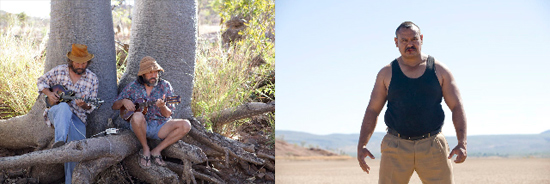
The movie opened on nearly 30 screens here in Australia on May 5 and is now in its sixth week of theatrical release.
The final vindication has been the critical and audience response. Reviews in Variety, Hollywood Reporter, AICN and Screen International all mention the raw authenticity, the rich sense of place and strong performances by the “real” cast and the unique use of music as defining elements of the film. And so many audience members have written/talked to me about the uplifting feeling they have when they leave the cinema knowing the real people’s stories have weaved in and out of the characters they play. Wow — maybe this thing has actually worked?
5. LOOKING BACK?
When it’s all done and dusted, Mad Bastards has done exactly what I hoped a first film could do. It is unique in its voice, while also telling a powerful emotional story. We landed Sundance – and there’s few ways better than that to announce yourself to the world as a first time film maker.
Would I have made a “better” film if I stuck to my plan of a tiny crew, a digital shoot and a lived-in, community process back in 2001? Maybe … I don’t know. It would have probably been more rough and radical – but that doesn’t necessarily mean better. Those seven aching years of development in the “system” drove me crazy, but they did make me a better film maker. That time allowed me to write the less mature films out of my system, rather than actually make them.

If I did make the film back then, I probably would have made MORE films since, whereas I have now only made one. But then again, maybe I would still be repaying the loans I’d taken out to finance my indie dream.
There are rules and systems in place all over the industry for good reason. Exciting new ways of doing EVERYTHING are opening up in every aspect of movie-making and distribution – and so they should. But mess with the formula at your own risk. Play the risk, sure, but understand which way you are going and what you are sacrificing by going that way. And if you are going to do things differently, make sure everyone is on that same page with you right down to the last detail – every crew member, financier and distribution exec from the get-go.
A first-time film maker is in a vulnerable position because you don’t want to rock the boat in case the whole thing suddenly falls over. But you need to be clear and strong about what you will and won’t compromise, and accept the hand that those choices then deal you. What got my knickers in a knot was trying to please everyone — both the hard-nosed system bosses AND the requirements of my own unorthodox process.
I must acknowledge our good-hearted investors. All of them. No one was quite sure what exactly they were buying into, but hats off to them for signing on and sticking with us … we are all proud of what we made, and all the wiser for making it.
To see for yourself, Mad Bastards is available right now on IFC’s V-O-D network and keep an eye our for a limited theatrical run across the States in the coming months, and a November DVD release. It is in theatres now – Miami this week, more to be announced.
— Brendan Fletcher.
Brendan is currently working with Writer/Producer Train Houston on the Jeff Buckley pic “A Pure Drop“.


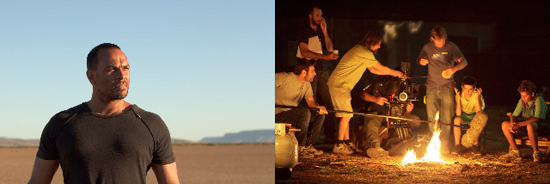
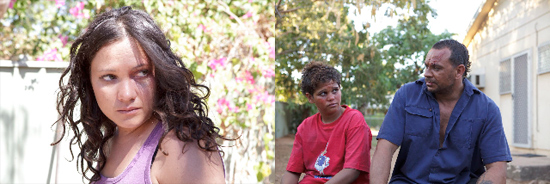




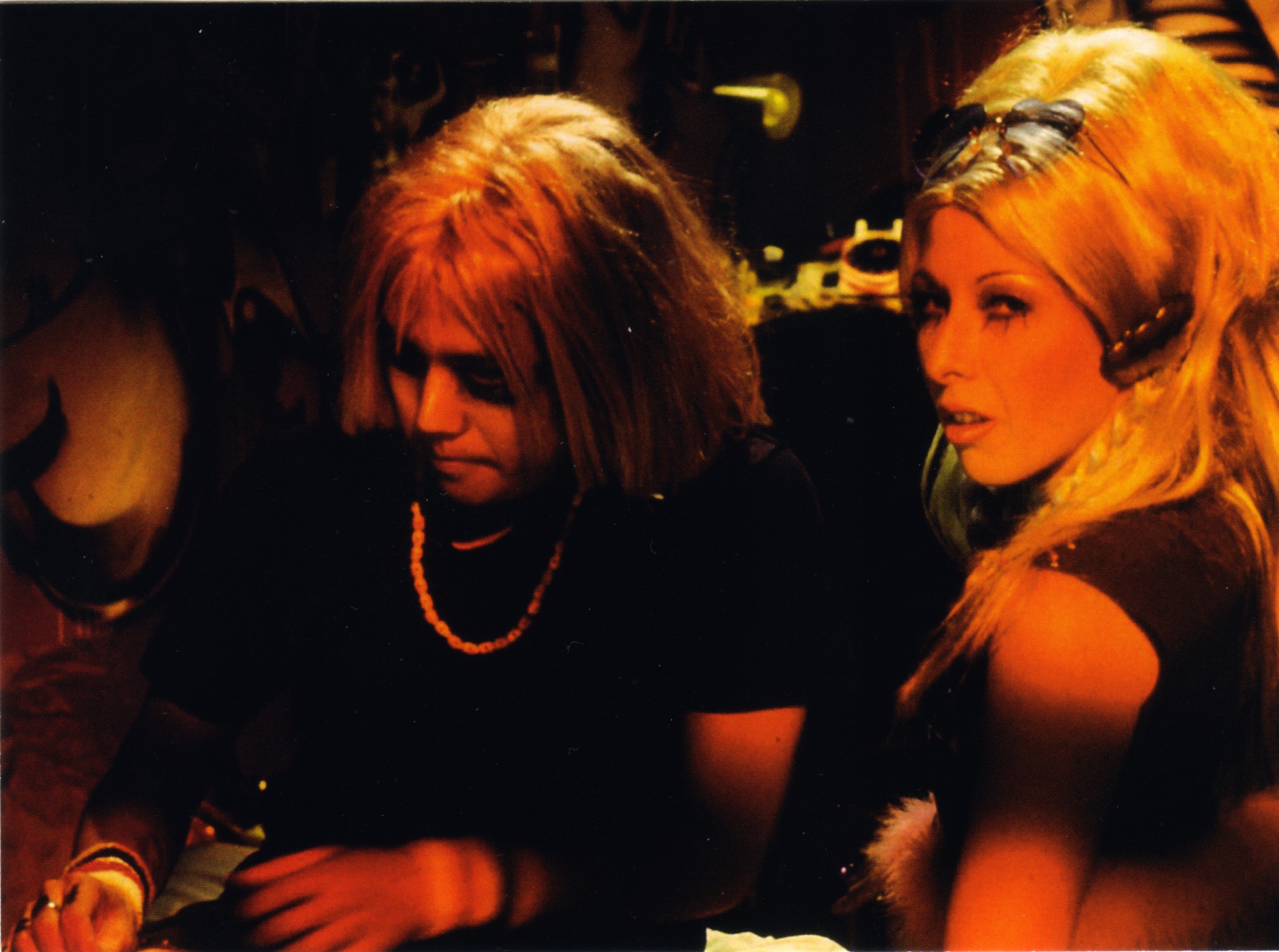
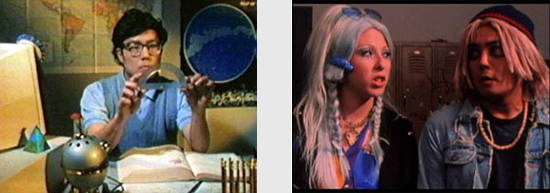
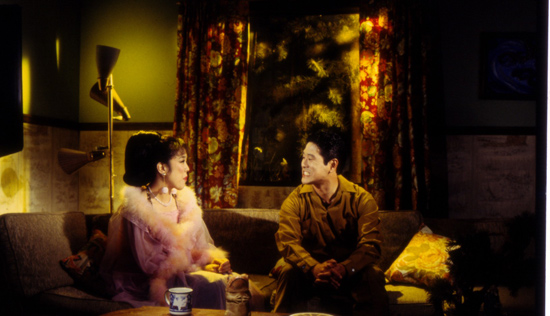 SHARON OMI as MA and KEN NARASAKI as apocalypse-fetishist DAD.
SHARON OMI as MA and KEN NARASAKI as apocalypse-fetishist DAD.